Basics of Reverse Osmosis
Credit to: https://puretecwater.com/
Usually dispatched in 2 to 3 days
Usually dispatched in 2 to 3 days
Category:
Water Desalination & RO
What is Reverse Osmosis?
Reverse Osmosis is a technology that is used to remove a large majority of contaminants from water by
pushing the water under pressure through a semi permeable membrane. This paper is aimed towards an audience that has little of no experience with Reverse Osmosis and will attempt to explain the basics
in simple terms that should leave the reader with a better overall understanding of Reverse Osmosis technology and its applications.
Only logged in customers who have purchased this product may leave a review.
Related products
Desalination: A National Perspective
NOTICE:
The project that is the subject of this report was approved by the Governing Board of the National Research Council, whose members are drawn from the councils of the National Academy of Sciences, the National Academy of Engineering, and the Institute of Medicine. The members of the panel responsible for the report were chosen for their special competences and with regard for appropriate balance.
Support for this study was provided by the U.S. Bureau of Reclamation under Grant No. 06CS811198. Any opinions, findings, conclusions, or recommendations expressed in this publication are those of the author(s) and do not necessarily reflect the views of the organizations or agencies that provided
support for the project.
Desalination: A National Perspective
NOTICE:
The project that is the subject of this report was approved by the Governing Board of the National Research Council, whose members are drawn from the councils of the National Academy of Sciences, the National Academy of Engineering, and the Institute of Medicine. The members of the panel responsible for the report were chosen for their special competences and with regard for appropriate balance.
Support for this study was provided by the U.S. Bureau of Reclamation under Grant No. 06CS811198. Any opinions, findings, conclusions, or recommendations expressed in this publication are those of the author(s) and do not necessarily reflect the views of the organizations or agencies that provided
support for the project.
Desalination Technology Trends
Abstract:
Texas’ increased interest in desalination reflects a worldwide trend to include it as a viable alternative water supply option in any long-term water strategy. Recent technological developments and new methods of project delivery are driving this heightened level of interest to the point that desalination is now being seriously evaluated on projects where it would not have been considered ten years ago. The most significant trend in desalination is the increased growth of the reverse osmosis(RO) market. Technological improvements have both dramatically increased the performance of RO membranes. Today’s membranes are more efficient, more durable, and much less expensive. Improvements in membrane technology are complimented by improvements in pretreatment technology, which allow RO membranes to be considered on a much wider range of applications. Energy costs are directly related to the salt content of the water source, and may represent up to 50% of a system’s operational costs. There has been a growing trend to reduce energy costs through improvements in membrane performance and by employing modern, mechanical energy recovery devices that reduce energy requirements by 10-50%. The growing trend to build larger desalination plants recognizes the inherent modularity of RO systems and the fact that the development, design, and permitting costs are somewhat independent of plant size. The result is that larger plants are being constructed to take advantage of economies-of-scale, which reduce the unit cost of desalinated water. Other trends that will be reviewed in more detail include the co-siting of desalination plants with electric power generating plants and other industrial facilities, and the hybridization of distillation and membrane processes.
Desalination Technology Trends
Abstract:
Texas’ increased interest in desalination reflects a worldwide trend to include it as a viable alternative water supply option in any long-term water strategy. Recent technological developments and new methods of project delivery are driving this heightened level of interest to the point that desalination is now being seriously evaluated on projects where it would not have been considered ten years ago. The most significant trend in desalination is the increased growth of the reverse osmosis(RO) market. Technological improvements have both dramatically increased the performance of RO membranes. Today’s membranes are more efficient, more durable, and much less expensive. Improvements in membrane technology are complimented by improvements in pretreatment technology, which allow RO membranes to be considered on a much wider range of applications. Energy costs are directly related to the salt content of the water source, and may represent up to 50% of a system’s operational costs. There has been a growing trend to reduce energy costs through improvements in membrane performance and by employing modern, mechanical energy recovery devices that reduce energy requirements by 10-50%. The growing trend to build larger desalination plants recognizes the inherent modularity of RO systems and the fact that the development, design, and permitting costs are somewhat independent of plant size. The result is that larger plants are being constructed to take advantage of economies-of-scale, which reduce the unit cost of desalinated water. Other trends that will be reviewed in more detail include the co-siting of desalination plants with electric power generating plants and other industrial facilities, and the hybridization of distillation and membrane processes.
Concentrating Solar Power For Seawater Desalination
Introduction:
The general perception of “solar desalination” today comprises only small scale technologies for decentralized water supply in remote places, which may be quite important for the development of rural areas, but do not address the increasing water deficits of the quickly growing urban centers of demand. Conventional large scale desalination is perceived as expensive, energy consuming and limited to rich countries like those of the Arabian Gulf, especially in view of the quickly escalating cost of fossil fuels like oil, natural gas and coal. The environmental impacts of large scale desalination due to airborne emissions of pollutants from energy consumption and to the discharge of brine and chemical additives to the sea are increasingly considered as critical. For those reasons, most contemporary strategies against a “Global Water Crisis” consider seawater desalination only as a marginal element of supply. The focus of most recommendations lies on more efficient use of water, better accountability, re-use of waste water, enhanced distribution and advanced irrigation systems. To this adds the recommendation to reduce agriculture and rather import food from other places. On the other hand, most sources that do recommend seawater desalination as part of a solution to the water crisis usually propose nuclear fission and fusion as indispensable option.
Concentrating Solar Power For Seawater Desalination
Introduction:
The general perception of “solar desalination” today comprises only small scale technologies for decentralized water supply in remote places, which may be quite important for the development of rural areas, but do not address the increasing water deficits of the quickly growing urban centers of demand. Conventional large scale desalination is perceived as expensive, energy consuming and limited to rich countries like those of the Arabian Gulf, especially in view of the quickly escalating cost of fossil fuels like oil, natural gas and coal. The environmental impacts of large scale desalination due to airborne emissions of pollutants from energy consumption and to the discharge of brine and chemical additives to the sea are increasingly considered as critical. For those reasons, most contemporary strategies against a “Global Water Crisis” consider seawater desalination only as a marginal element of supply. The focus of most recommendations lies on more efficient use of water, better accountability, re-use of waste water, enhanced distribution and advanced irrigation systems. To this adds the recommendation to reduce agriculture and rather import food from other places. On the other hand, most sources that do recommend seawater desalination as part of a solution to the water crisis usually propose nuclear fission and fusion as indispensable option.
A Primer On Brackish And Seawater Desalination
Abstract: This publication was produced as an activity of the Texas Living Waters Project. This project
is a collaborative effort of the National Wildlife Federation, Environmental Defense, and the Lone
Star Chapter of the Sierra Club. The goals of the project are to 1) ensure adequate water for people
and environmental needs, 2) reduce future demand for water and foster efficient and sustainable use
of current water supplies, 3) educate the public and decision makers about the impact of wasteful
water use and the opportunities for water conservation, and 4) involve citizens in the decision
making process for water management.
A Primer On Brackish And Seawater Desalination
Abstract: This publication was produced as an activity of the Texas Living Waters Project. This project
is a collaborative effort of the National Wildlife Federation, Environmental Defense, and the Lone
Star Chapter of the Sierra Club. The goals of the project are to 1) ensure adequate water for people
and environmental needs, 2) reduce future demand for water and foster efficient and sustainable use
of current water supplies, 3) educate the public and decision makers about the impact of wasteful
water use and the opportunities for water conservation, and 4) involve citizens in the decision
making process for water management.
An Introduction To Membrane Techniques For Water Desalination
This course is adapted from the Unified Facilities Criteria of the United States government, which is in the
public domain, is authorized for unlimited distribution, and is not copyrighted.
An Introduction To Membrane Techniques For Water Desalination
This course is adapted from the Unified Facilities Criteria of the United States government, which is in the
public domain, is authorized for unlimited distribution, and is not copyrighted.
Desalination Technology Trends And CH2M HILL
Presentation Outline:
- The Growing Desalination Market
- Trends in the Technology/Virtual expo
- Thermal Desalination
Desalination Technology Trends And CH2M HILL
Presentation Outline:
- The Growing Desalination Market
- Trends in the Technology/Virtual expo
- Thermal Desalination
Database Of Permitting Practices For Seawater Desalination Concentrate
Abstract:
The purpose of this research project was to identify the discharge information that permitting agencies need and the decision-making process they go through to permit discharge methods in order to help desalination project proponents focus and expedite their permitting efforts.
The project documented seawater reverse osmosis (SWRO) discharge regulatory issues and provided a critical overview of facility discharge-related information required for permitting desalination projects in the United States and selected countries with advanced environmental regulations and experience in implementing seawater desalination projects. Information was gathered from the three key U.S. states (California, Florida, Texas) where interest in SWRO desalination has been highest. Due to the more extensive international experience with SWRO desalination, information was also obtained from the countries of Australia, Israel, and Spain – all countries of significant recent large-scale SWRO desalination projects. Case studies of 11 SWRO plants and analysis of regulatory systems and permitting processes supported detailed definition of the decision-making process to set discharge permit limits, as well as defining environmental and other regulatory issues associated with concentrate regulation.
Database Of Permitting Practices For Seawater Desalination Concentrate
Abstract:
The purpose of this research project was to identify the discharge information that permitting agencies need and the decision-making process they go through to permit discharge methods in order to help desalination project proponents focus and expedite their permitting efforts.
The project documented seawater reverse osmosis (SWRO) discharge regulatory issues and provided a critical overview of facility discharge-related information required for permitting desalination projects in the United States and selected countries with advanced environmental regulations and experience in implementing seawater desalination projects. Information was gathered from the three key U.S. states (California, Florida, Texas) where interest in SWRO desalination has been highest. Due to the more extensive international experience with SWRO desalination, information was also obtained from the countries of Australia, Israel, and Spain – all countries of significant recent large-scale SWRO desalination projects. Case studies of 11 SWRO plants and analysis of regulatory systems and permitting processes supported detailed definition of the decision-making process to set discharge permit limits, as well as defining environmental and other regulatory issues associated with concentrate regulation.
Tailoring Advanced Desalination Technologies for 21st Century Agriculture
Abstract: Substantial parts of the U.S., particularly drier landlocked regions, are facing acute water shortages and water quality issues that decrease agricultural productivity. Reduced crop yields cause billions of dollars in losses annually, affecting the livelihoods of thousands. A combination of population growth, inefficient agricultural practices, and resource demanding consumption trends is only expected to increase pressure on our water supplies. This research proposal seeks to address water and food security issues by cost-effectively and energy-efficiently enhancing water quality and water supply in greenhouses; a $22.93 billion dollar industry in 2017 that is rapidly growing at an annual rate of 8.92%. Greenhouses widely practice desalination of salty irrigation water to improve their operations. However, currently used desalination methods do not tailor greenhouse waters based on crop requirements. This work investigates a fully integrated desalination solution that treats and tailors brackish source waters ingreenhouses to save fertilizer and water. Specifically, this project experimentally studies multi-ion transport in and assesses the economic viable of monovalent selective electrodialysis (MSED). MSED allows for the selective removal of monovalent ions damaging to crops and the retention of divalent ions beneficial for crops, unlike the widely used reverse osmosis (RO), which removes all ions from greenhouse source water. First, we evaluate the techno-economic feasibility of MSED compared to other brackish desalination technologies for agricultural applications, based on primary market research we conduct with over 70 greenhouses.
These include conventional technologies, such as reverse osmosis (RO) and electrodialysis (ED), and advanced technologies, such as closed circuit reverse osmosis (CCRO). The analysis determines the levelized costs of water, the capital costs and energy requirements of these technologies, and how these vary with feed salinity, system capacity and recovery ratio. Then, we build a bench-scale setup to experientially characterize MSED membrane properties, including monovalent selectivity, ion transport, limiting current and resistance, for multiple brackish feedwaters and for two sets of MSED membranes: the widely used Neosepta ACS/CMS membranes and the new Fujifilm Type 16 membranes. Both MSED membranes show notable monovalent selectivity for all tested compositions, reflecting the potential of the technology for selective desalination in greenhouses. The measurements are compared to a model for MSED in multi-ion solutions. The model predicts multi-ion transport for the Neosepta and Fujifilm MSED systems within 6% and 8%, respectively.
Tailoring Advanced Desalination Technologies for 21st Century Agriculture
Abstract: Substantial parts of the U.S., particularly drier landlocked regions, are facing acute water shortages and water quality issues that decrease agricultural productivity. Reduced crop yields cause billions of dollars in losses annually, affecting the livelihoods of thousands. A combination of population growth, inefficient agricultural practices, and resource demanding consumption trends is only expected to increase pressure on our water supplies. This research proposal seeks to address water and food security issues by cost-effectively and energy-efficiently enhancing water quality and water supply in greenhouses; a $22.93 billion dollar industry in 2017 that is rapidly growing at an annual rate of 8.92%. Greenhouses widely practice desalination of salty irrigation water to improve their operations. However, currently used desalination methods do not tailor greenhouse waters based on crop requirements. This work investigates a fully integrated desalination solution that treats and tailors brackish source waters ingreenhouses to save fertilizer and water. Specifically, this project experimentally studies multi-ion transport in and assesses the economic viable of monovalent selective electrodialysis (MSED). MSED allows for the selective removal of monovalent ions damaging to crops and the retention of divalent ions beneficial for crops, unlike the widely used reverse osmosis (RO), which removes all ions from greenhouse source water. First, we evaluate the techno-economic feasibility of MSED compared to other brackish desalination technologies for agricultural applications, based on primary market research we conduct with over 70 greenhouses.
These include conventional technologies, such as reverse osmosis (RO) and electrodialysis (ED), and advanced technologies, such as closed circuit reverse osmosis (CCRO). The analysis determines the levelized costs of water, the capital costs and energy requirements of these technologies, and how these vary with feed salinity, system capacity and recovery ratio. Then, we build a bench-scale setup to experientially characterize MSED membrane properties, including monovalent selectivity, ion transport, limiting current and resistance, for multiple brackish feedwaters and for two sets of MSED membranes: the widely used Neosepta ACS/CMS membranes and the new Fujifilm Type 16 membranes. Both MSED membranes show notable monovalent selectivity for all tested compositions, reflecting the potential of the technology for selective desalination in greenhouses. The measurements are compared to a model for MSED in multi-ion solutions. The model predicts multi-ion transport for the Neosepta and Fujifilm MSED systems within 6% and 8%, respectively.


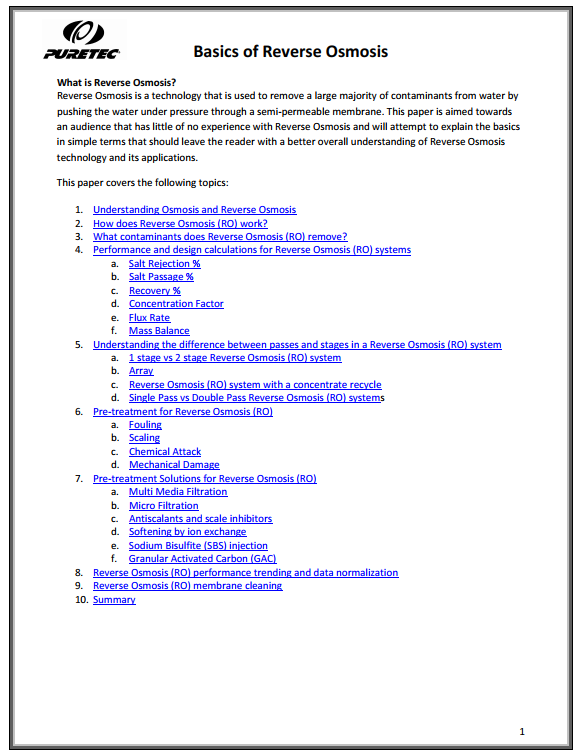
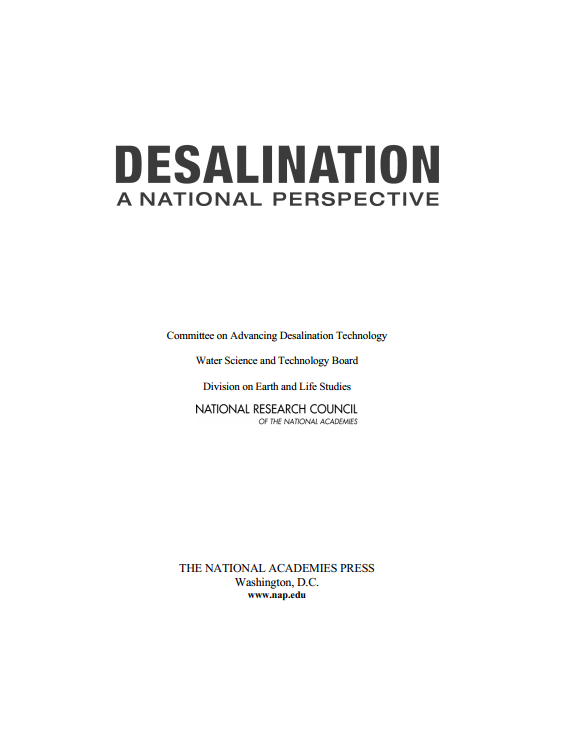
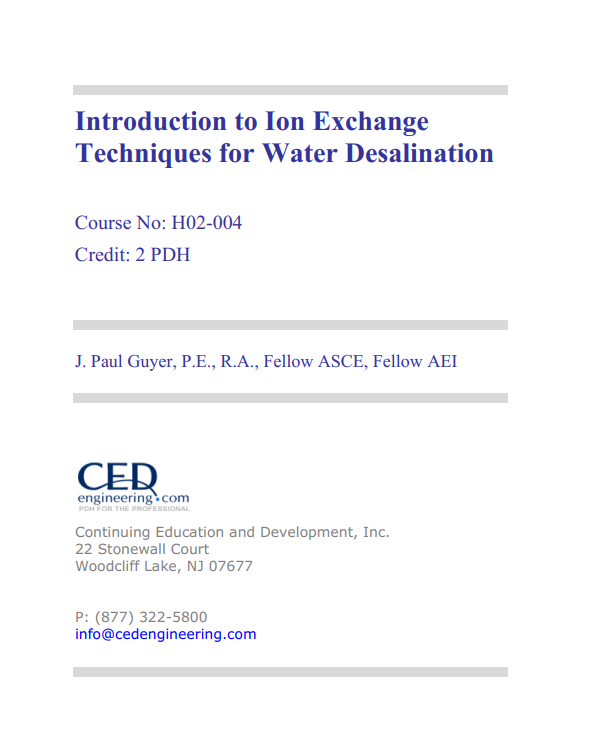
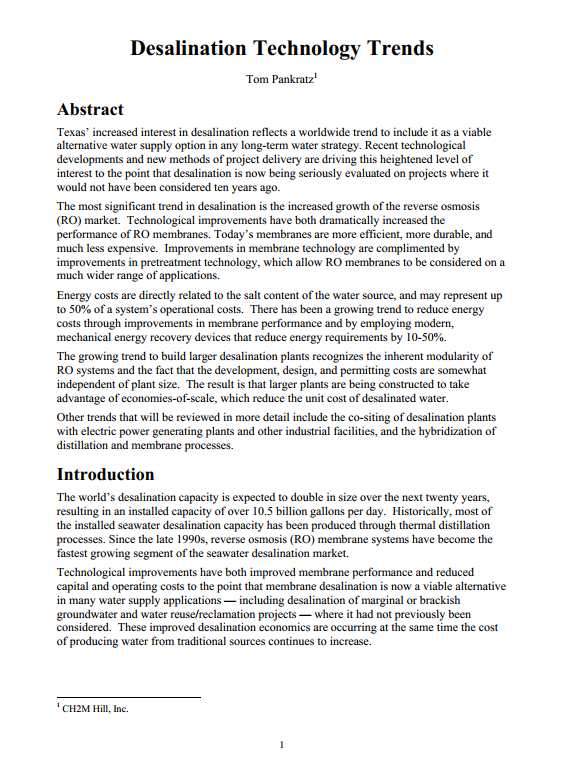


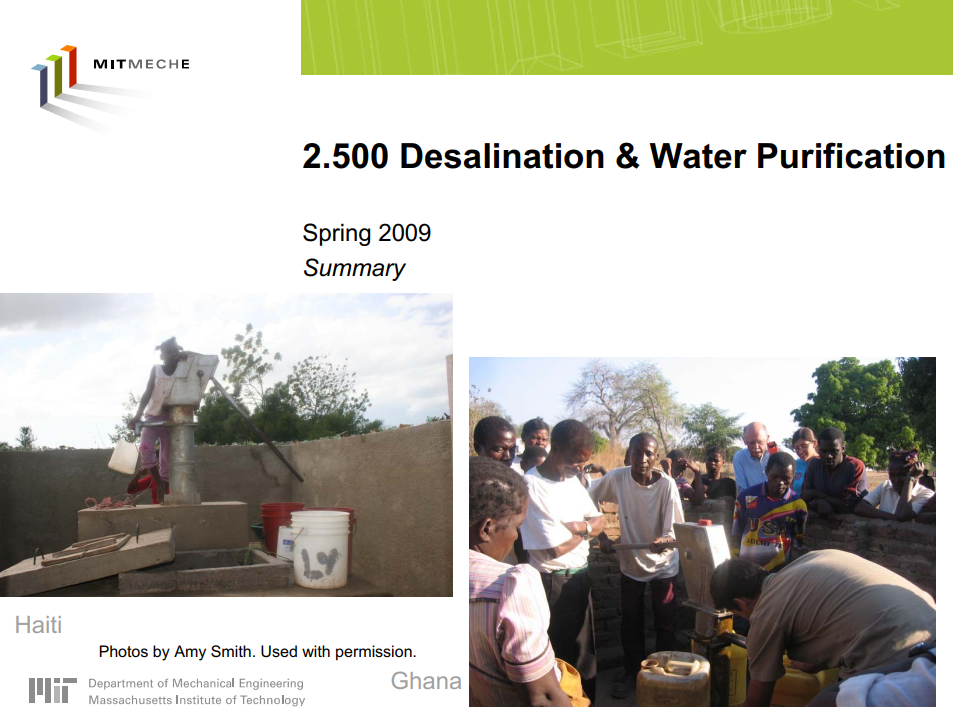

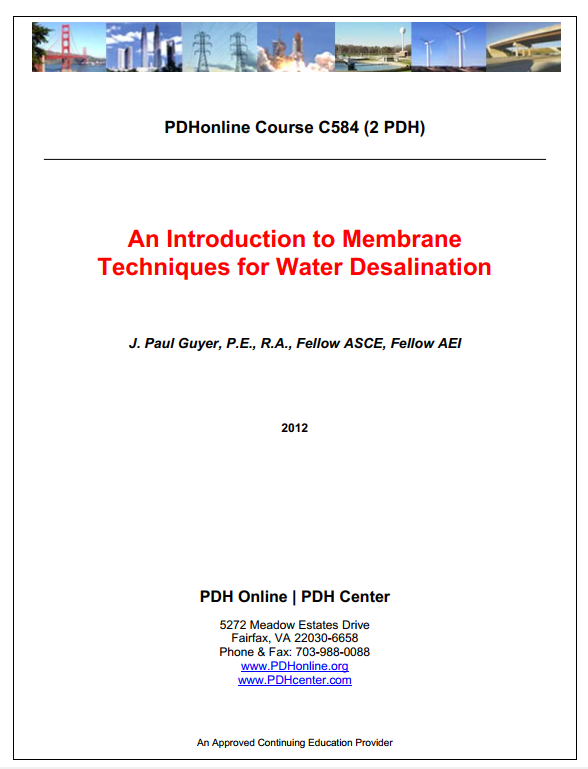

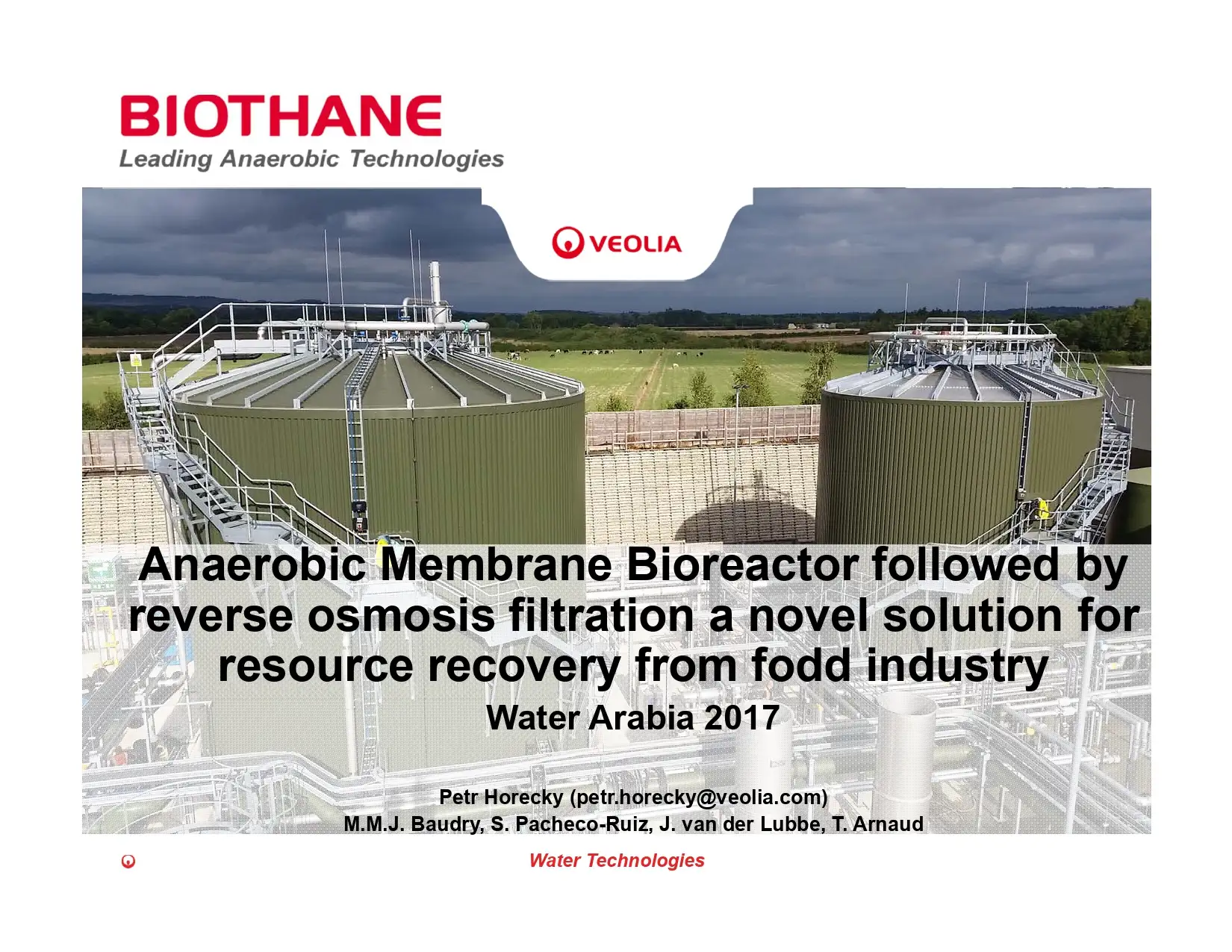
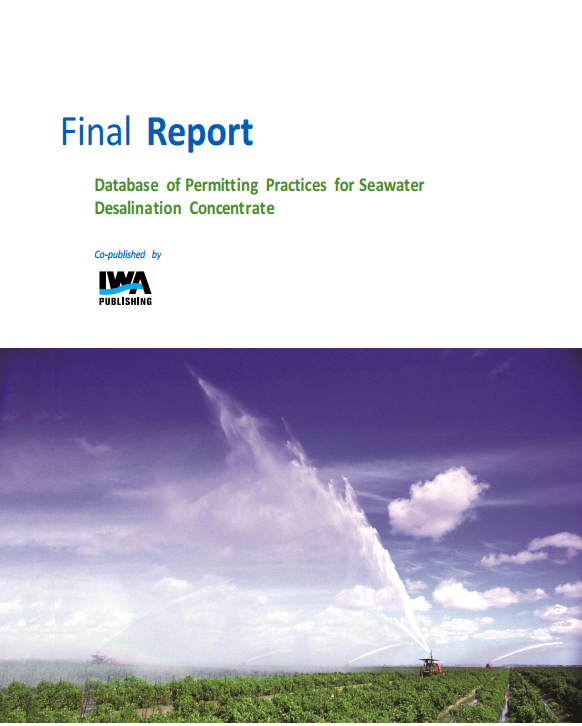

Reviews
There are no reviews yet.